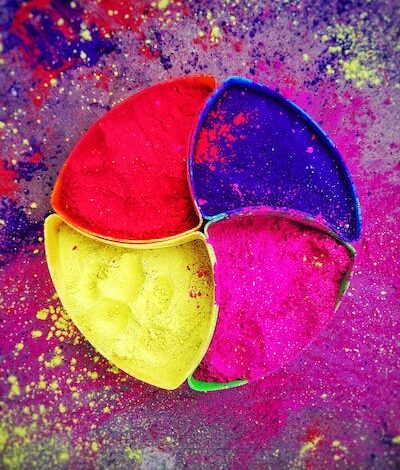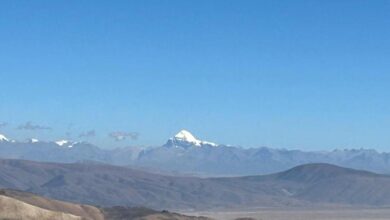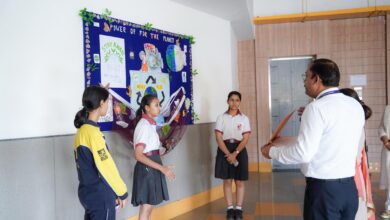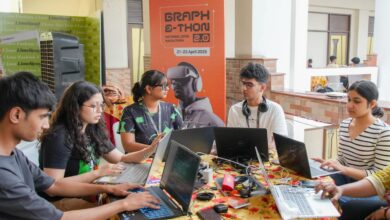Holi festival, a taboo in some areas of Uttarakhand

Holi festival, a taboo in some areas of Uttarakhand
B.D. Kasniyal
Pithoragarh, March 23
While the Hindu festival of Holi is being celebrated in Uttarakhand, there are several interior areas of Kumaon and Garhwal regions where the festival of Holi is still a taboo and villagers keep away from it as it is believed that their local deities do not like bright colours and clothes and gets annoyed.
“The villagers, who worship local deity ‘Chipla Kedar’ in Talla Darma region of Dharchula sub-division, keep themselves away from Holi colours as the deity becomes angry with bright colours and clothes,” claimed Jeewan Thakur, a social worker and politician in Dharchula region
According to Thakur, almost all the villages in this region do not celebrate the festival of colours to save them from the wrath of deity ‘Chipla’.”Even the vermilion mark used during worship of deity ‘Chipla’ is made white by using milk and rice. The flowers offered to the deity are of Brahma Kamal flowers which are white in colour,” said Thakur.
The festival of Holi, considered as a main Hindu festival is devoted to Lord Krishna and several incarnations of Lord Vishnu.”The festival begins from first Sunday of Hindu calendar month of ‘Paush’ and runs for next 3 months up to full moon day of ‘Falguni Purnima’ (this year on March 24.)
Likewise the villages of Malla Danpur region of Bageshwar district used to keep away from colours of Holi till recently as they believed that if they celebrate the festival, the local deities could cause natural calamities to punish them.
“In almost 13 villages of Sama nyaya panchayat and same number of villages of Simgarhi region, the villagers keep away from Holi as local deities cause calamities if such celebrations take place,” said Ram Singh Koranga, a resident of Sama village in Malla Danpur region of Bageshwar district.
Almost 12 villages of Talla Johar region of Munsiyari sub-division of Pithoragarh district, do not celebrate Holi festival due to wrath of local deities who become angry with bright colours.”Some youths in our village tried to celebrate the festival of Holi, some 40 years ago, but after that the local deities, Airi, Aichari, Bayall and Bhumyal became angry that led to death of 10 persons. After that incident, the villagers keep away from Holi colours,” said Rajendra Singh Rawat, a villager from Shankhadhura village of Munsiyari.
According to cultural historians of eastern Kumaoni culture, the Holi was brought to Kumaon region by Chand kings in the 14th or 15th century and it was mainly played by Brahmin priests being part of Hindu ‘Sanatan’ festival “The festival of Holi only spread to the region where the Brahmin priests had their say. There are several areas in Kumaon where the Brahmin priests have a weak presence due to that the worship of local deities instead the mainstream festivals, is still prevalent,” said Pama Datt Pant, a cultural historian of eastern Kumaon region.
Three remote villages in Uttarakhand’s Rudraprayag district namely Kweeli, Khurjan and Jaundla villages do not celebrate the festival of colours- Holi. Locals believe that celebrating the festival may bring suffering for villagers due to a curse given 400 years ago by Goddess Tripura Bala Tripur Sundari, who wanted to stay away from colours.
According to historians, Holi is primarily not a hill festival. The tribal communities in the state, especially in the Jaunsar-Bawar region in Garhwal and other interior parts, do not believe in the rituals of Holi. But due to migration people are slowly starting to adapt to new cultures and traditions.




